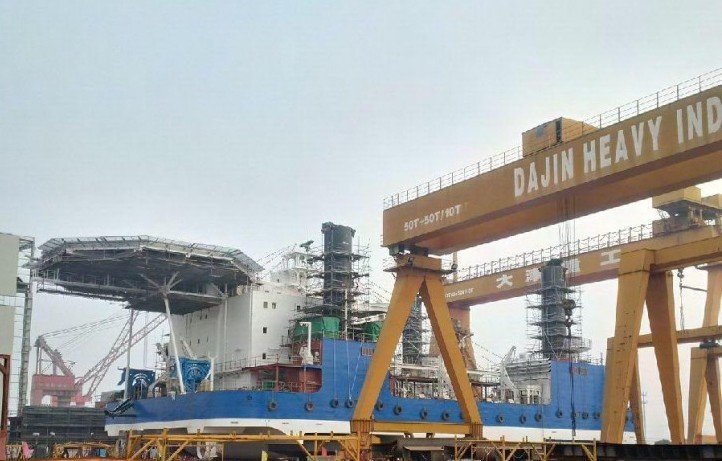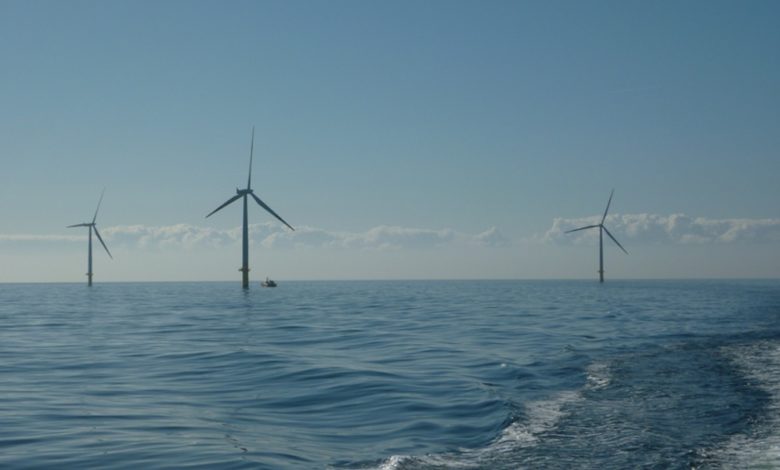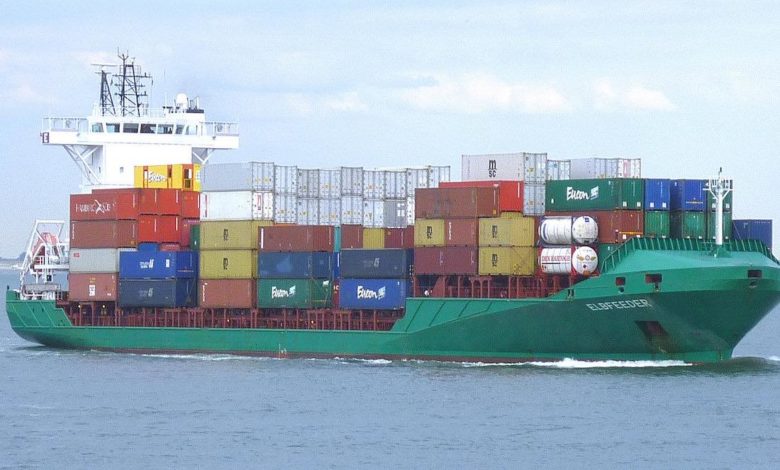Energy News Beat
According to a statement by Excelerate on Friday, the two firms have signed a memorandum of understanding to collaborate on securing a “reliable and stable” supply of LNG sourced from the US as early as 2026.
Under the agreement, the two parties will also evaluate PV Gas’ LNG supply requirements and define a joint strategic framework through which Excelerate and PV Gas can execute LNG sourcing, Excelerate said.
“We are pleased to partner with PV Gas on this significant opportunity,” said Oliver Simpson, executive VP and CCO of Excelerate.
“This collaboration underscores our commitment to helping Vietnam meet its growing energy needs while also providing a downstream market for US LNG supply,” he said.
In September last year, Excelerate and PetroVietnam Technical Services Corporation (PTSC), a unit of PetroVietnam, signed a strategic partnership agreement to jointly study FSRU-based technical solutions for LNG imports into Vietnam.
Prior to that, Excelerate signed a term sheet with ITECO, a Vietnamese-based private development company, to co-develop a greenfield LNG import terminal in Hai Phong, Vietnam.
Excelerate operates ten FSRUs, one of the world’s largest fleets of such vessels, and these units are located worldwide.
In addition to these 10 FSRUs, Excelerate also ordered one 174,000-cbm FSRU at South Korea’s HD Hyundai Heavy Industries in 2022.
Excelerate’s LNG supply strategy complements its core regasification business.
The company is establishing a diversified supply portfolio to support its LNG sale and purchase agreements.
Excelerate previously signed two long-term LNG SPAs with QatarEnergy and Venture Global LNG.
Under the SPA with QatarEnergy, Excelerate will buy up to one mtpa of LNG to be delivered to FSRUs in Bangladesh for 15 years starting in January 2026.
Moreover, under the 20-year SPA with Venture Global, Excelerate will buy 0.7 million tonnes per annum of LNG on a free on board (FOB) basis from the Plaquemines LNG facility in Plaquemines Parish, Louisiana.
PV Gas said in a separate statement that, besides Excelrate, it has also signed a memorandum of understanding with ConocoPhillips on LNG supply.
According to PV Gas, LNG import deals from the US will help the company to contribute to the implementation of Vietnam’s LNG import plan, expected to reach 9 million tons/year by 2030, increasing to 15 million tons/year by 2035, with an estimated total value of $7.2 billion per year.
These memorandums come days after PV Gas revealed it plans to deploy an FSRU in Vietnam next year, adding to its Thi Vai LNG import terminal.
According to PV Gas, this FSRU will have a storage capacity of 135,000 – 174,000 cbm of LNG and a regasification capacity of up to 14 million Sm3/day, bringing the total regasification capacity of the entire system to about 22 million Sm3/day.
This is a strategic step, ensuring a stable and flexible LNG supply for the national power generation system during peak periods, PV Gas said.
The firm also noted that it is accelerating the upgrade of the Thi Vai LNG terminal in phase 2, with a plan to increase capacity from 1 mtpa to 3 mtpa by 2029.
PV Gas said this will not only help increase gas supply capacity for power plants but also contribute to stabilizing electricity prices.
The post Excelerate, PetroVietnam Gas to collaborate on US LNG supplies appeared first on Energy News Beat.

















